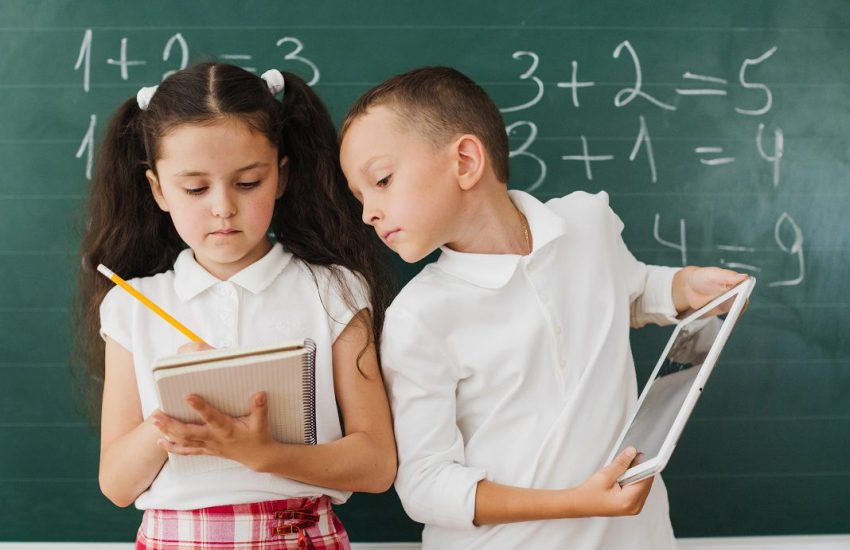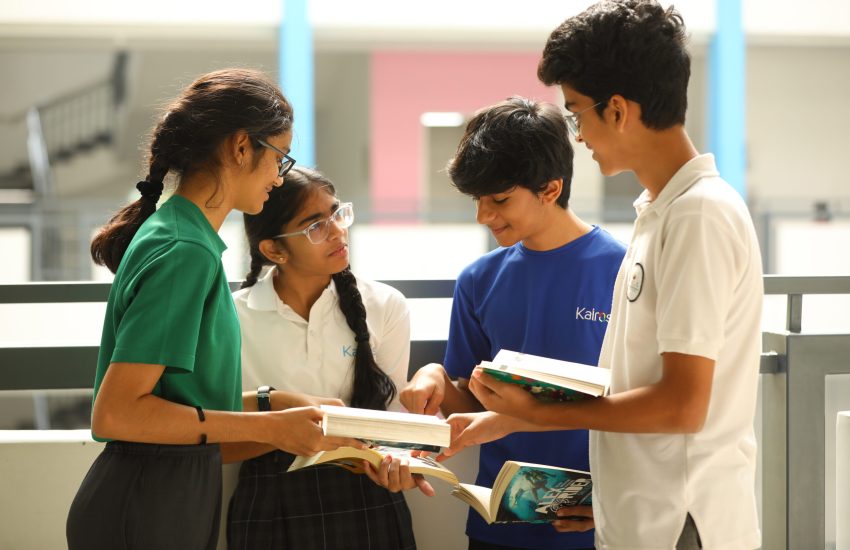Discovering The Latest Trends in International Schools
International schools themselves are in a persistent process of development, as globalization requires constant change. Since education is turning global, these institutions are pioneers of new teaching and learning techniques.
Explores the latest trends shaping international education
Bilingual and multilingual programs
The factor of language diversity is now valued in international schools. The presentation of the languages continues beyond the elementary teaching level; many institutions are now presenting bilingual or multilingual programs. All these programs are not conventional language learning classes. They teach several languages within several subjects. The consideration is also related to the fact that linguistic diversity has become more relevant recently.
Project based and experiential learning
Apprenticeship based learning styles are on the rise. In international schools, project based learning methods are being implemented. Students evaluate ideas and strategies in authentic contexts. It also improves the critical thinking process and problem solving skills among the learners. It also promotes independence and creativity since teams have more freedom than larger organizations. Experiential learning can take part in community projects or sometimes through internships.
Digital literacy and coding as core subjects
There is now tremendous emphasis placed on international technology skills in education. Computing and information technology as new forms of literacy are emerging as central curricular areas. Students learn programming languages from childhood. They acquire knowledge in statistics and the production of digital content. The trend is likely to produce, hence preparing the students for a future society that is dominated by technology.
Global citizenship education
Currently, international schools are placing a tremendous emphasis on preparing students to be global citizens. Curricula have integrated additional courses on high profile global perspectives. Students gain knowledge on the topic, which represents global problems and the connection between them. It helps them find new ways of perceiving the world and people’s values. The trend helps in developing an international perspective.

Flexible learning spaces
Therefore, architecture is also changing the face of Singapore international school. The traditional classrooms are no longer in practice; the new trend is a flexible learning environment. It means that all those spaces in a classroom can be adjusted in order to accommodate other forms of learning and teaching. They commonly include collaborative areas as well as quiet zones.
Conclusion
The international education environment has dramatically shifted in recent years and continues to do so. These trends entail a more flexible, technology enhanced, customized and internationally connected education system. Today, international schools are in the process of transforming to provide an understanding of the world, which is becoming more complex. They are developing competencies which the conventional model of education cannot teach.



